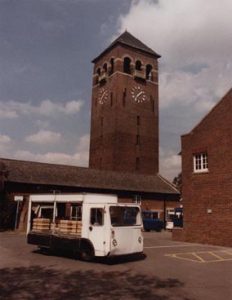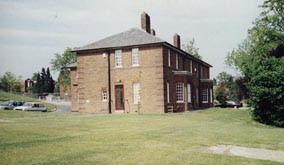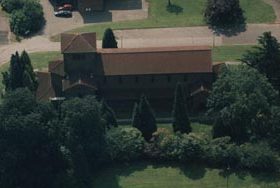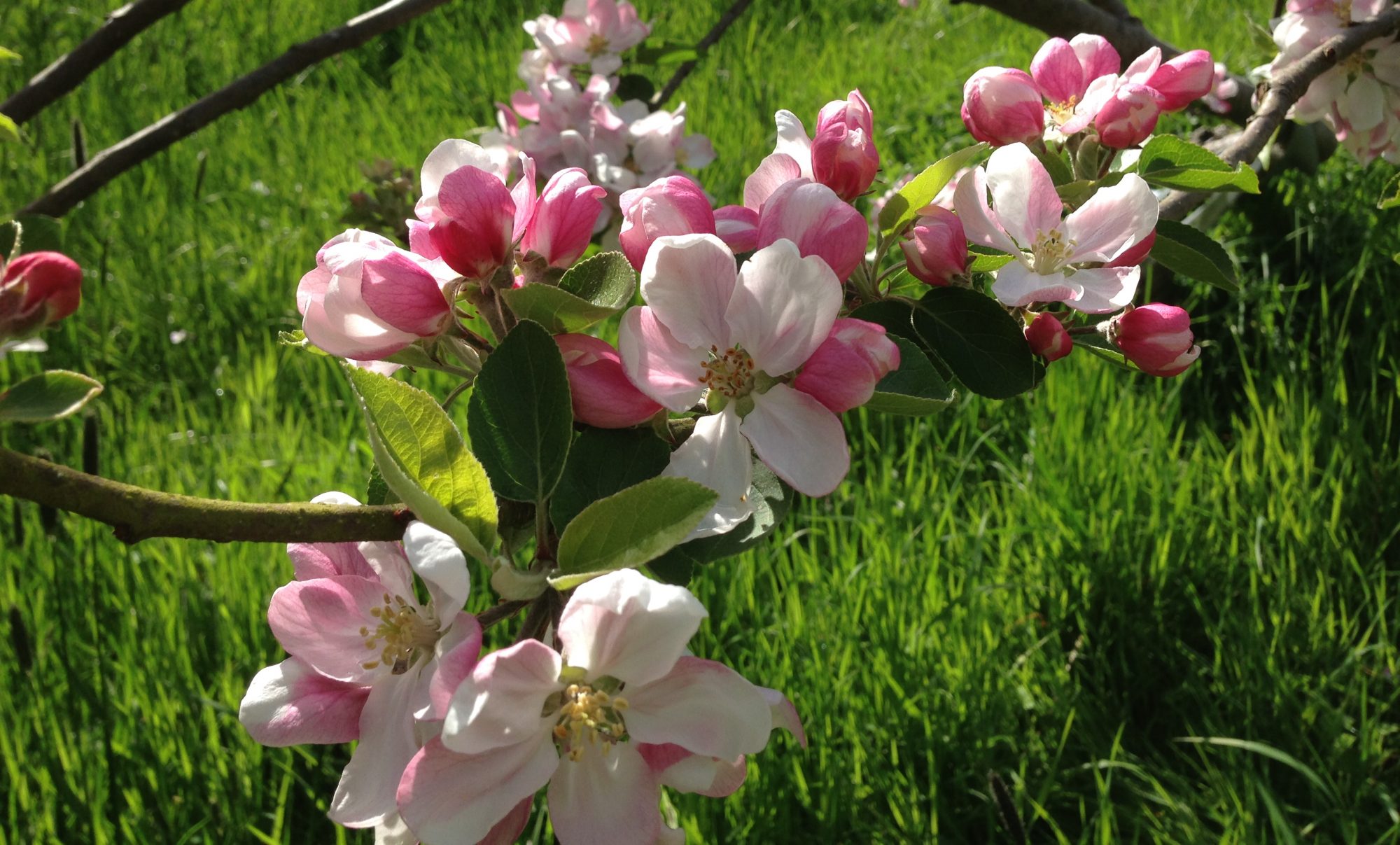history of shenley
From now back to the Doomsday book.
shenley park
The site that is now Shenley Park was once a Mental Hospital and prior to that a Private Country Estate. When the Hospital closed the site was sold by the Health Authority to developers and nearly 900 new housing units were built on the site.
Shenley Park Trust was established in 1992 as an independent charitable trust to develop, manage and maintain a 45 acre rural Park for the inhabitants of Shenley and neighbouring Parishes.
Together with the land Shenley Park Trust was given a lump sum of money and the following buildings;
- The Chapel
- Orchard Villa
- Engine House
- Stewards House
- Stable Flats
- Dairy, Coach House and North Garage
- The Bothy
- Gardeners Cottage
- Porterslea
- South Lodge
The Engine House was sold to generate funds to renovate The Bothy and Porterslea was sold to generate funds to refurbish the Stable Flats. More recently the Dairy was converted into two residencies.
Hard landscaping work and planting was completed around the development and restoration of the Walled Garden and greenhouses.
The Trust has received no further money since its start and is a self financing Park where most of its income is from the rental properties (both commercial and residential). It is the aim of the Park to continue to be self financing for the remainder of its 150 year lease.

The Old Chapel and Orchard Villa (one of the Hospital wards) were given to the Shenley Park Trust.


Shenley Park Trust is an example of an innovative way to develop and maintain public open space and in 2002 Shenley Park won an award from ILAM (Institute of Landscape and Amenity Management) for exactly that.
shenley hospital
Mr Raphael (who owned Porters Park at that time) sold the house and land to Middlesex County Council in 1924 for the purpose of building a Mental Hospital. Several years later, two psychiatric hospitals were built on the land. The design was such that as many of the existing buildings as possible were incorporated, including the mansion, the walled garden, stables and coach houses.
Shenley Hospital was one of two new Hospitals built by Middlesex County Council in the 1930’s on the former Porters Park Estate. The Council already had two mental hospitals, a Victorian institution in Wandsworth and Napsbury Hospital in London Colney, near St.Albans. Napsbury Hospital had been extended but this was not enough to care for patients from the old London Boroughs of Harrow, Wembley, Acton, Willesden and parts of NW2, NW6, NW9 and NW10. The site at Shenley was chosen because of its proximity to both the Middlesex Boundary and Radlett Station for access from London. King George V and Queen Mary officially opened the hospital in 1934. During the Second World War, part of the hospital was used as a military hospital, with three thousand wounded soldiers being treated there.
Building of the Hospital
Although the Council had acquired Porters Park for the building of a Hospital there was much agonising over how it should be built to the point that the project was nearly abandoned. However the need for a Hospital was too great so eventually a scaled down version was built. The Hospital at Shenley was of 1000 beds and administration buildings, building work commenced in 1932 by John Laing the total cost of the project being £520,000.
A second Hospital (also built by John Laing) was at Harperbury – ” A colony for Mental Defectives”. This second Hospital began being built in 1935 and was completed in 1938 providing a total of 2300 beds. Part of Harperbury Hospital is still functional today, the parts no longer in use are to be converted into housing.
Opening of the Hospital
Shenley Hospital was opened on 31st May, 1934 by King George V and Queen Mary. The ceremony took place in the recreation hall that seated 1000 people.
The King and Queen were received by the Lord Lieutenant of Hertfordshire, Brigadier General Viscount Hampden, in a marquee in front of the Mansion House before proceeding to the Hall for a ceremony. Afterwards the King and Queen made a tour of the Hospital and expressed their pleasure at all they had seen.
The War Years
At the outbreak of the Second World War many of the patients were discharged as the country prepared itself to recieve war casualties from both military and civilian. Half of the Hospital was taken over by Military and Civilian nurses who were housed in the Mansion. The Hospital maintained its separate identity however, apart from the Medical Superintendent who lived in Porterslees and was the Colonel in Chief of the local territorial unit.
One physical reminder of the war can still be seen today, the gun emplacement at the edge of the cricket nursery ground alongside Radlett Lane.
The Hospital did suffer some bomb damage but not serious. Two land mines were dropped during September of 1940, one exploded just outside the Hospital grounds and the other failed to explode because its parachute became entangled in a tree near the boiler house.
An underground water reservoir was built above Gardeners Cottage at the edge of the Walled Garden as an emergency water supply in case of fire. The tank remains today, is rainwater fed and is used to irrigate the Walled Garden on a drip feed system.
Shenley Hospital – a new type of treatment
Shenley Hospital was built at a time of a fundamental change in attitude to the treatment of the mentally ill.
It was designed on a villa system where patients were housed in more homely units of between 20 and 45 people in a Parkland Environment. Although Shenley strived to be modern it still retained some traditional ideas. The Hospital had a central axis which housed the administration, medical treatment units and domestic units with male and female accomodation to the East and West respectively. In the early days the two sides were kept separate with high iron railings surrounding the wards and a “policing system” in place.
However in the 1950’s nursing attitudes changed with the nurses themselves encouraged to hold conversations with the patients together with teaching them simple tasks. The railings were removed and the doors unlocked.
Patients became engaged in agricultural and horitcultural duties as part of their therapy. The Walled Garden continued to be a provider of most of the fruit and vegetables for the kitchens. Patients also worked in 22 acres of Orchards that were situated around the Estate and at the Farms that were situated down Black Lion Hill.
Some patients were involved in the construction of additional units that were used as occupational therapy for other patients to learn carpentry, cookery and arts and crafts. At one time over 60 patients were employed in the Hospital laundry before the introduction of modern machinery in the 1960’s.
There was an industrial unit where patients were employed on outwork for local industries. Another unit trained patients in clerical work, together with maintaining skills of those already trained, ready for when they re-joined the community.
Shenley was one of the first hospitals in the country to introduced mixed dances for staff and patients and coach trips to places of interest were also introduced.
Staff and Social Facilities
Some of the hospital facilities were used by both patients and staff. However there were additional facilities for staff alone which included an art centre, a socail club, cricket ground, football pitch and squash courts. The cricket team in particular was the best hospital team in the London Hospital Area. In the 1960’s and 70’s the social club was at the heart of all of hte social facilities for the Hospital. There was something on alomost every night and it holds many fond memories for people that not only worked at the Hospital but also lived in the village. During the 1990’s when staff numbers had fallen through the gradual closure of the Hospital the use of the Club itself declined and it eventually closed in 1994. On the site of the former social club there is now the Orchard Tea Room which was built in 2000.
The closure of the Hospital
In 1953 at its prime Shenley Hospital housed 2,300 patients, however after this period there was a shift away from Insitutionalised care and the number of patients began to fall. In the mid 1970’s there were 1400 patients and by 1986 it was down to 900. The policy of “care in the community” was further developed in the 1980’s with the belief that patients would benefit from being cared for in smaller hostels or sheltered accomodation closer to their own communities. By the end of 1998 the last of the patients were moved out and the Hospital finally closed after 60 years of service.
It was then sold off to property developers for housing. The Mansion itself and the Water Tower were sold to developers. As a gift to the people of the village of Shenley and its neighbouring parishes land and some buildings was set aside for a Park to be created.
shenley village
The history of Shenley stretches back a thousand years or more – it is mentioned in the Domesday Book. The name Shenley is based on the Anglo-Saxon Scenlai, Scenlei or Senlai, which means ‘fair or bright clearing or wood’. In the early Middle Ages, south-west Hertfordshire was heavily wooded, with isolated farmsteads or hamlets in forest clearings. Shenley would have been one of these settlements.
By the 1300’s, Shenley was considered to be a convenient parish for a country estate, being within reasonable reach of London. Its pure air, after the smoke and fog of the city made it a healthy place to live. The present village of Shenley apparently grew to accommodate the families of those providing a variety of services for the country estates of the gentry. Parish Registers, dating back to 1657, include service occupations such as coachmen, bailiffs, bakers and labourers. Others worked in agriculture, as cattle drovers, shepherds and millers. Craftsmen in Shenley included tailors, weavers, shoemakers, cordwainers, brick makers, blacksmiths and carpenters. Tiles and bricks were made in the area, due to the abundance of suitable clay.
Although many of Shenley’s population were involved in humble occupations, the village was considered quite prosperous. In 1754 the village was assessed to be the sixteenth highest parish in the county (excluding the areas around St Albans) and by 1823, the rateable value of the parish was £9,796.00, with only nine other parishes in the county rating higher.
Porters Park has a lengthy history and has had many different owners in its time.
The land was granted to Adam de Stratton (Chief Baron of the Exchequor, owner of most of land in Shenley Parish at the time) by John son of Saer in 1256 as a result of payment of a fine.
In 1290 Adam de Stratton was convicted of forgery and his lands confiscated. In 1291 records show that 69 acres of land and 3 acres of meadow were conveyed by Robert de Kendall to John de Toky of Aldenham and his wife Agnes. It is not clear how the estate acquired the name of Porters, Porters Lodge or Porters Park. It is likely that in 1340 John de Toky settled on the property himself, thus calling himself John, son of Roger le Porter of Aldenham. In 1386 Margery Porter leased the Estate and in 1391 records show that Geoffrey Porter of Titburst was shown as a tenant of Porters and ‘Porterlees’.
In 1403 John Stevens and his wife were tennants, in 1487 a Ralph Werall conveyed the manor and lands to Humphrey Coningsby. It passed from the family of Connigsby to that of Harvey, through the marriage of Margaret, daughter of John, son of Humphrey, with John, son of Richard Harvey. In 1529 the Estate was in the hands of Richard Harvey, then his son Henry Harvey.
The Estate passed to Sir Richard Cox around 1600, he was one of the Masters of the household of King James I together with being a founder of a local charity for the needy. Sir Richard died in 1623 but his brother remained, succeeded by his son William Cox and then his daughter followed by her son (!) until 1685.
In 1685 as there were no more Cox, John Mason acquired the Estate.
In 1714 Sir Nicholas Hawksmoor, the famous architect and pupil of Sir Christopher Wren was in residence, he died in his Millbank home in London but is buried at St Botolph’s Churchyard in Shenleybury.
In 1726 Admiral Lord Howe moved to Porters and remained there until 1799. Admiral Howe provided land for the construction of Radlett Lane to link his Shenley Estate to Watling Street, Radlett. Admiral Lord Howe had a famous navel record and he had been Commander-in-Chief in America.
In 1799 the Manor went to his youngest daughter Louisa Catherine, Marchioness of Sligo who sold the Estate in 1816 to Luke White. At his death the it went to his fourth son Henry White , afterwards Baron Annaly who sold it in 1839 to Samuel Clarke Jervoise and then he later sold it in 1859 to William Joseph Myers, he later sold it to Michael Paul Grace.
In 1881 the Sanders family were in residence, presumably as tennants as in 1901 the Estate was conveyed from Michael Paul Grace to Cecil Frank Raphael. In 1901 the house was reconstructed to a larger accomodation and a new servants quarters added. Around this time two cottages in Radlett Lane were built, named Frank and Winnifred after two of his children.
During the First World War, part of the land at Porters was requisitioned and used as an aerodrome. Later Mr Raphael sold the land to Middlesex County Council in 1924 for the purpose of building a Mental Hospital.
